
The Jabez Howland House is the only existing house in Plymouth where Pilgrims actually spent time. The original 17th century two-story timber framed house consists of a porch, hall and hall chamber. In the 1940’s extensive work was done to bring the house back to its original appearance. Today the museum houses fine period furniture and artifacts including items from archeological digs at the Rocky Nook home of John and Elizabeth and their son, Joseph. Click here for a 14-minute video tour of the house posted on May 18, 2025 by History Bites.
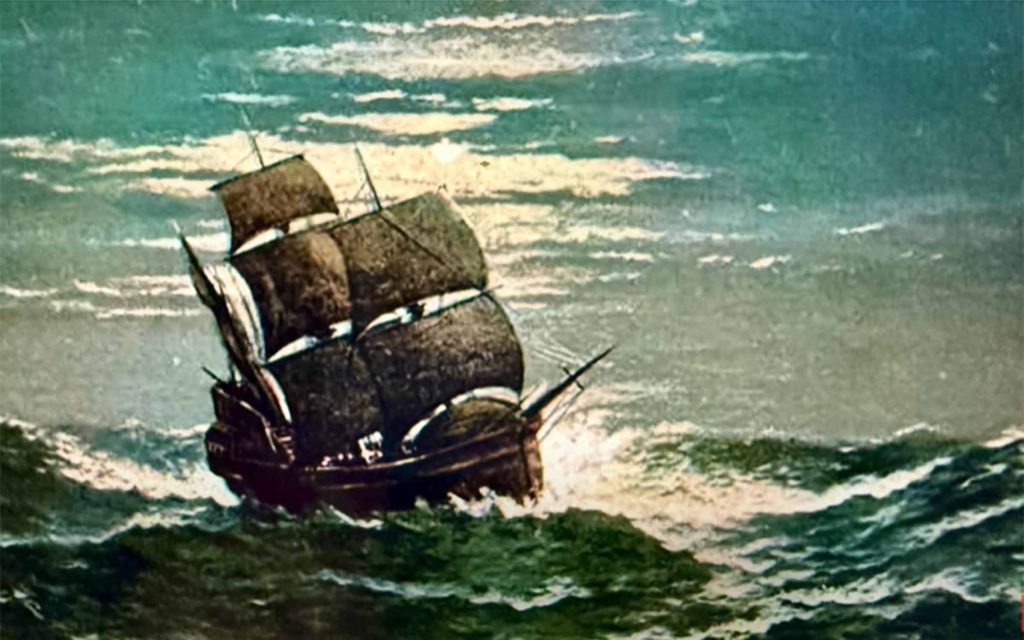
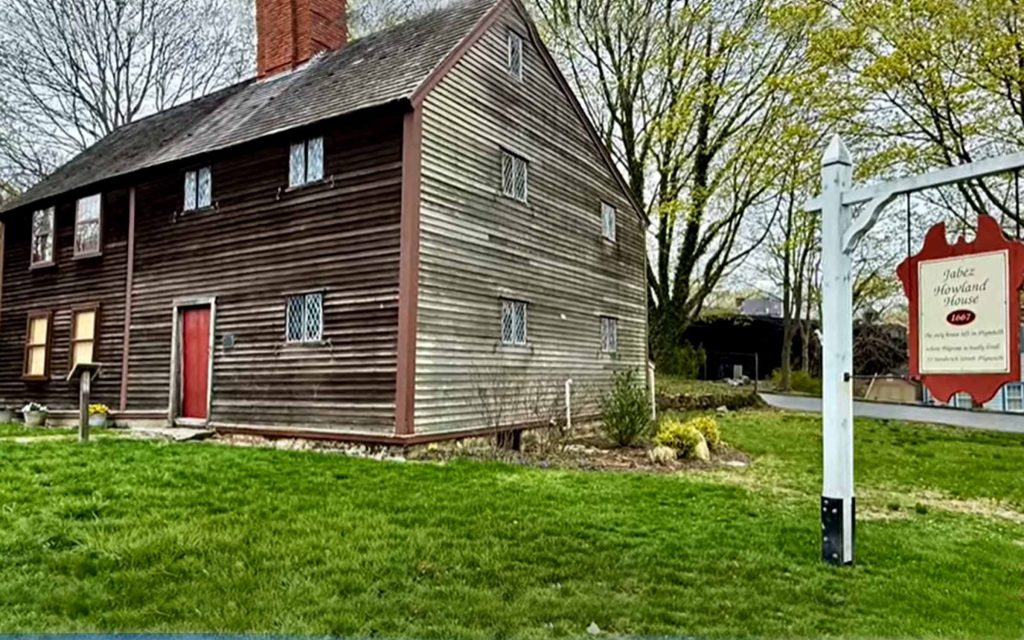
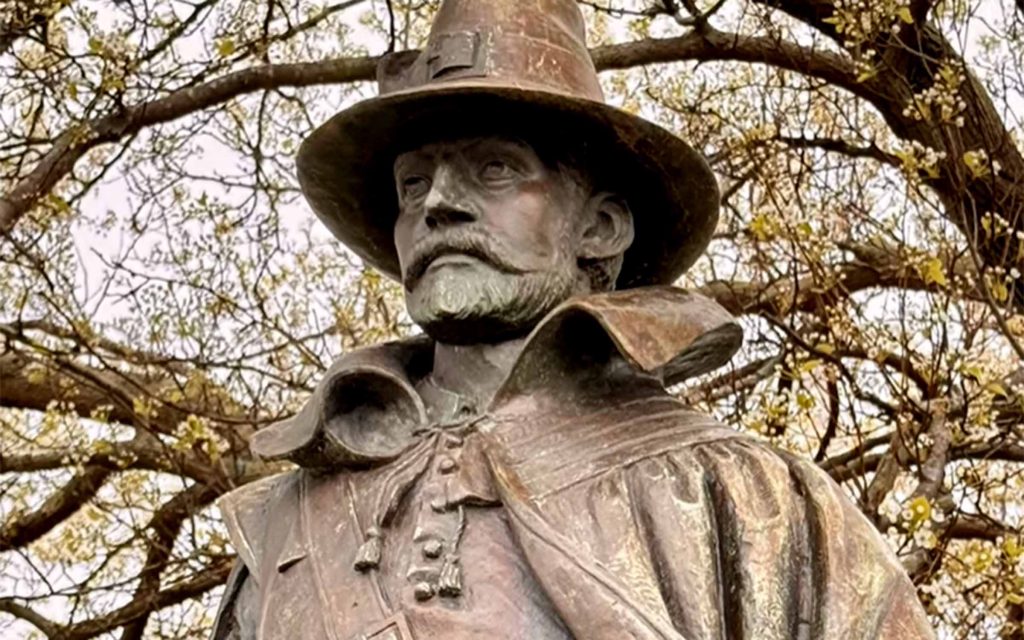
As the Mayflower (above, left) plowed westward through high seas in the fall of 1620 on its way to the New World, John Howland (above, right) was suddenly swept overboard. Fortunately he grabbed a topsail halyard that was trailing in the water and was hauled aboard with the aid of a boat hook. Jabez Howland, John and Elizabeth’s son, lived here with his family until they sold the house in 1680.
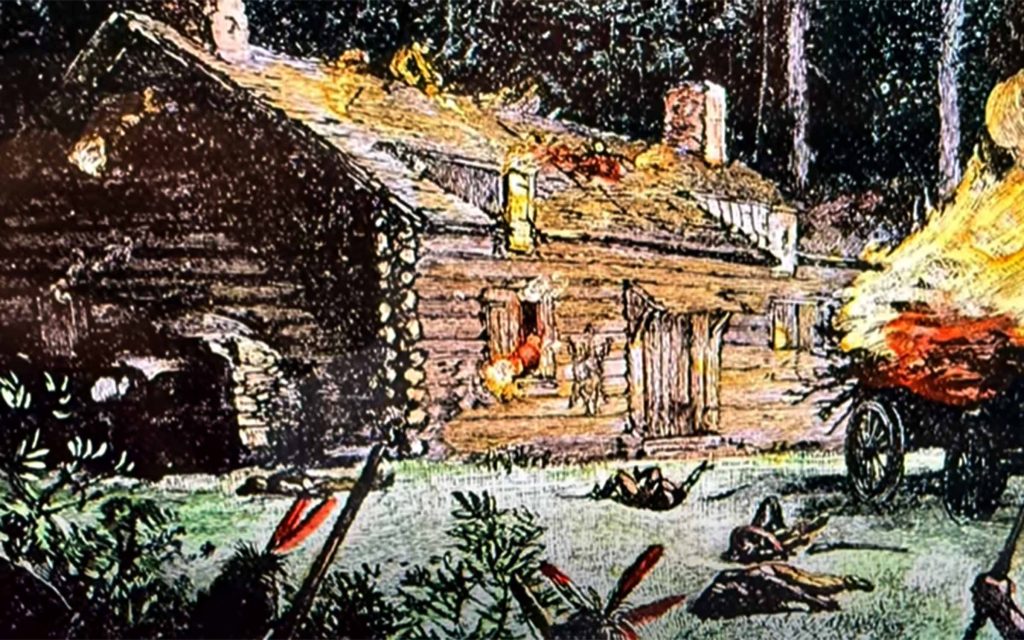
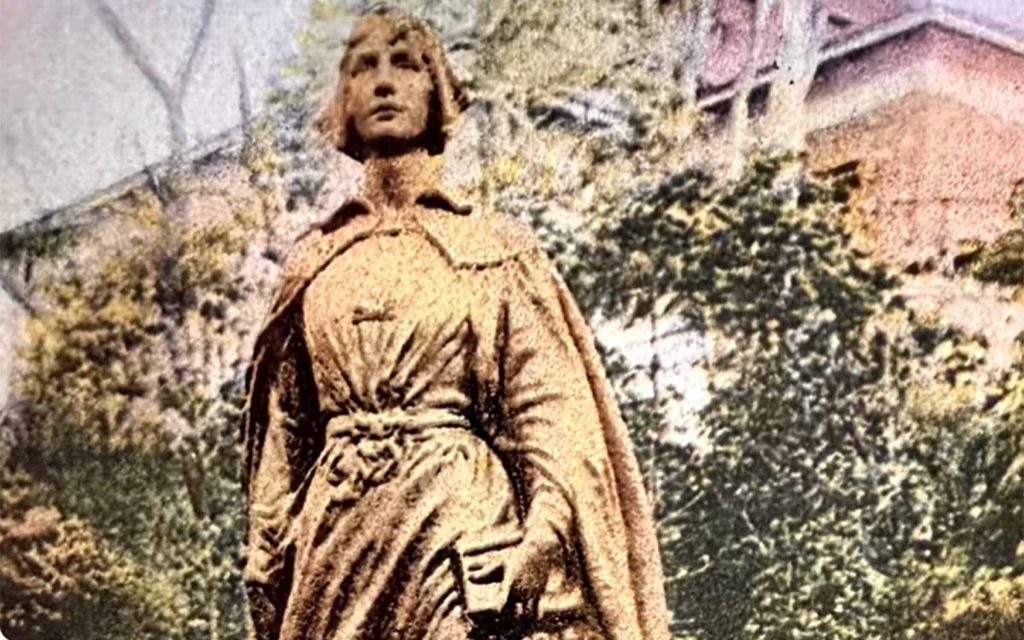
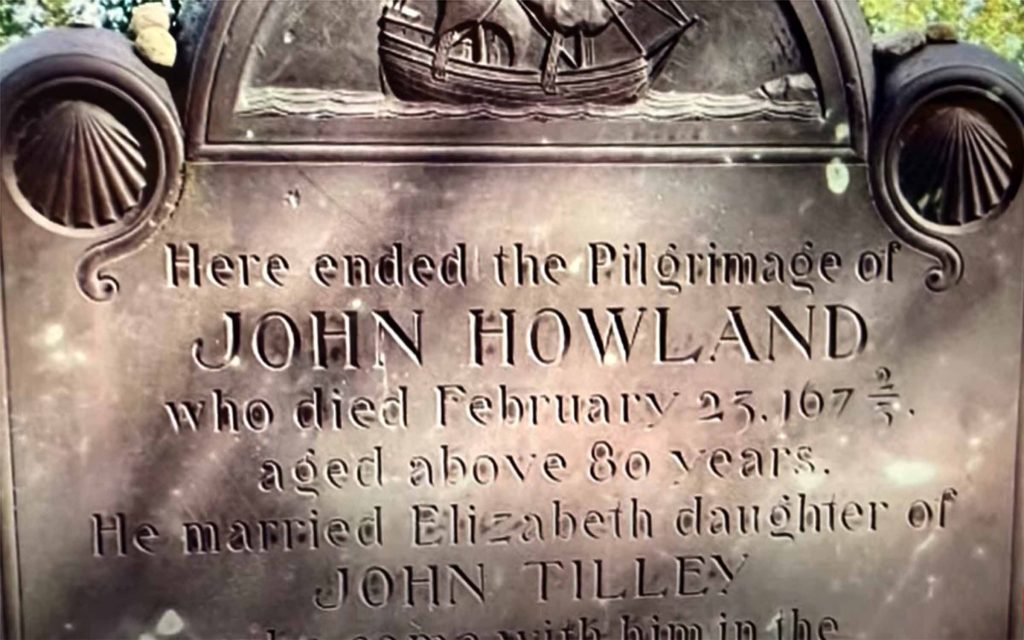
John Howland and his wife, Elizabeth Tilley (above, center), who was one of the few original Mayflower passengers still alive at the time of King Philip’s War (above, left), had four sons and six daughters. Jabez, their eighth child and his wife Bethia lived in the house at 33 Sandwich Street in Plymouth. The house is now owned by the Pilgrim John Howland Society. While John Howland’s burial place is unknown, a cenotaph was placed at Burial Hill in Plymouth. Elizabeth died in 1687 and was buried in the Ancient Little Neck Cemetery in East Providence.

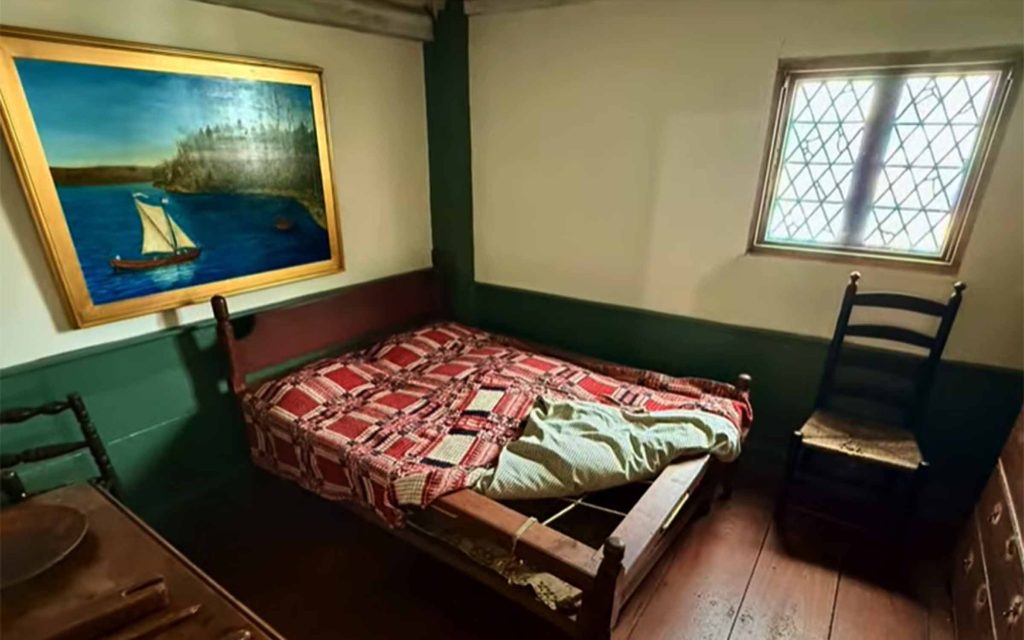
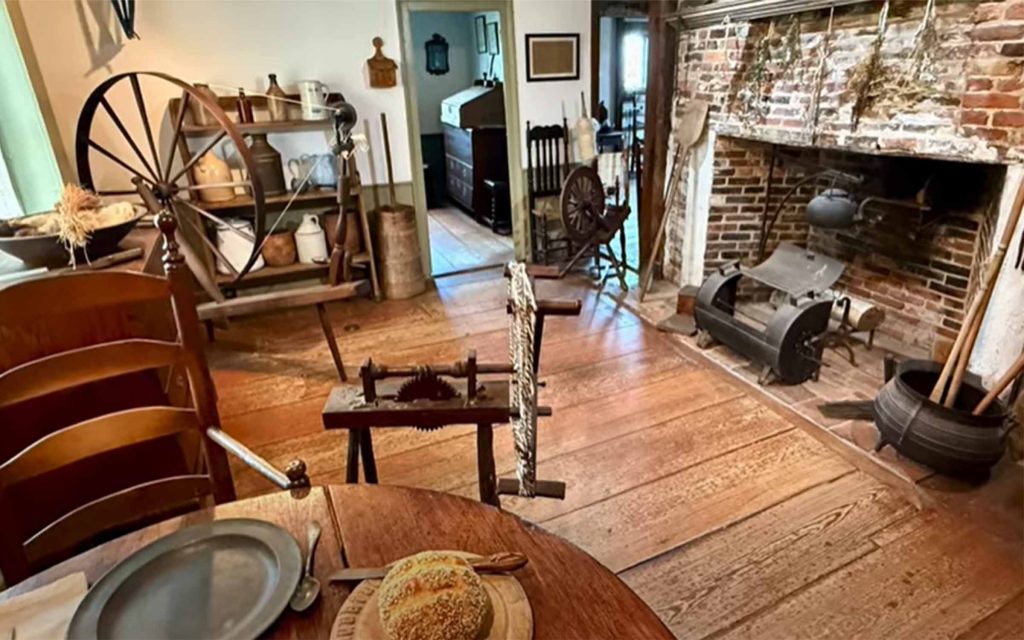
The older part of the Howland House was built about 1667. It appears that during Jabez’s ownership, the height of the roof was raised to provide rooms on the second floor corresponding to those on the first. It was a private residence until 1912 when it was purchased for a museum. The Howland House has been listed in the National Register of Historic Places.
